Phytoplankton Time-series
Imaging FlowCytobots (IFCB)-based HAB Notification
Hourly time series plots from the Imaging FlowCytobot (IFCB) are shown below. All cell counts are produced using automated image processing and classification using convolutional neural network (CNN) approach. in place of the support vector machine and random forest approaches described previously. Counts have not been manually verified. Please contact Dr. Lisa Campbell ( lisacampbell@tamu.edu) if you have any questions regarding the data shown on this page.
Surfside
Port Aransas
here in CSV. The plot based on this data is as follows.Species
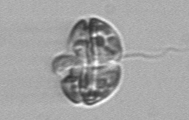 Karenia – The major harmful algal bloom-forming species in the Gulf
of Mexico is Karenia brevis, a toxic dinoflagellate capable of
killing fish and causing respiratory irritation in beachgoers during
large bloom events. Shellfish, in particular oysters, filter the
dinoflagellate from the water and accumulate the toxin which makes
them unsuitable for human consumption. To avoid Neurotoxic Shellfish
Poisoning (NSP), shellfishing is closed in bloom regions. Blooms of
K. brevis in Texas generally occur during the late summer/fall time
period. Other species of Karenia observed by the IFCB include K.
mikimotoi and K. papilionacea.
Karenia – The major harmful algal bloom-forming species in the Gulf
of Mexico is Karenia brevis, a toxic dinoflagellate capable of
killing fish and causing respiratory irritation in beachgoers during
large bloom events. Shellfish, in particular oysters, filter the
dinoflagellate from the water and accumulate the toxin which makes
them unsuitable for human consumption. To avoid Neurotoxic Shellfish
Poisoning (NSP), shellfishing is closed in bloom regions. Blooms of
K. brevis in Texas generally occur during the late summer/fall time
period. Other species of Karenia observed by the IFCB include K.
mikimotoi and K. papilionacea.
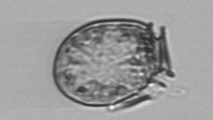 Dinophysis – Several species of Dinophysis have been imaged by the
IFCB. One species, Dinophysis ovum, produces toxin and is capable of
forming blooms, resulting in the closure of shellfishing in bloom
regions (Campbell et al. 2010). Blooms of Dinophysis near Port
Aransas, TX generally occur during late winter/early spring. Other
species of Dinophysis observed by the IFCB include D. caudate and D.
rotundata.
Dinophysis – Several species of Dinophysis have been imaged by the
IFCB. One species, Dinophysis ovum, produces toxin and is capable of
forming blooms, resulting in the closure of shellfishing in bloom
regions (Campbell et al. 2010). Blooms of Dinophysis near Port
Aransas, TX generally occur during late winter/early spring. Other
species of Dinophysis observed by the IFCB include D. caudate and D.
rotundata.
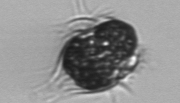 Mesodinium rubrum – M. rubrum (formerly known as Myrionecta rubra)
is a common ciliate found in the Gulf of Mexico and is a prey item
of Dinophysis spp.
Mesodinium rubrum – M. rubrum (formerly known as Myrionecta rubra)
is a common ciliate found in the Gulf of Mexico and is a prey item
of Dinophysis spp.
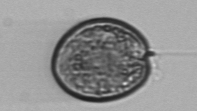 Prorocentrum texanum – P. texanum is recently described toxic
species of Prorocentrum capable of forming dense blooms in the late
winter/early spring season (Henrichs et al. 2013). The environmental
impacts from the toxin produced by P. texanum are currently unknown.
Prorocentrum texanum – P. texanum is recently described toxic
species of Prorocentrum capable of forming dense blooms in the late
winter/early spring season (Henrichs et al. 2013). The environmental
impacts from the toxin produced by P. texanum are currently unknown.
Citations:
Breiman, L. 2001. Random forests. Machine Learning 45:5-32.
Campbell, L., Olson, R. J., Sosik, H. M., Abraham, A., Henrichs, D. W., Hyatt, C. J., Buskey, E.J. 2010. First harmful Dinophysis (Dinophyceae, Dinophysiales) bloom in the U.S. is revealed by automated imaging flow cytometry. Journal of Phycology 46:66-75.
Henrichs, D. W., Scott, P. S., Steidinger, K. A., Errera, R. M., Abraham, A., Campbell, L. 2013. Morphology and Phylogeny of Prorocentrum texanum sp. nov. (Dinophyceae): A new toxic dinoflagellate from the Gulf of Mexico coastal waters exhibiting two distinct morphotypes. Journal of Phycology 49:143-155.
Sosik, H. M. and Olson, R. J. 2007. Automated taxonomic classification of phytoplankton sampled with imaging-in-flow cytometry. Limnology and Oceanography: Methods 5:204-216.
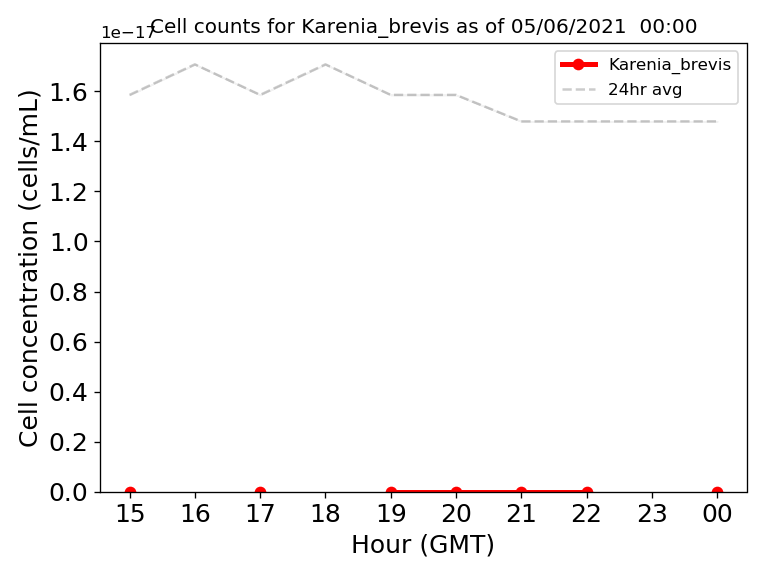
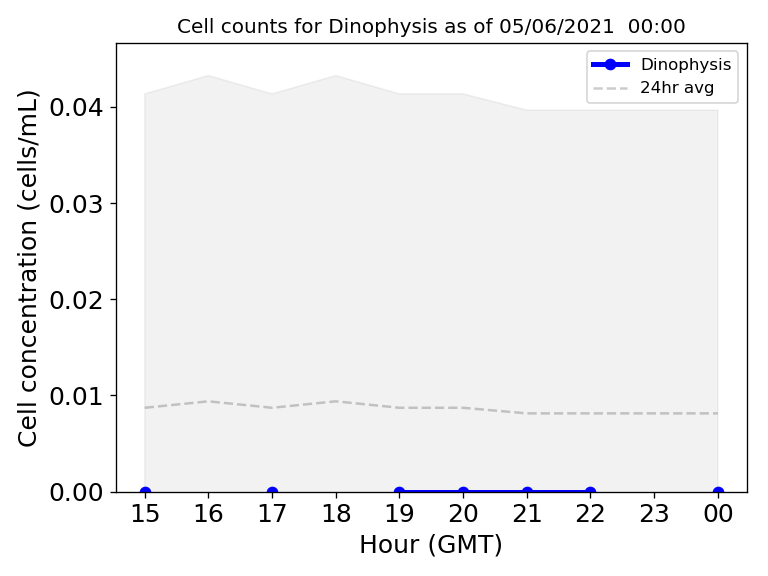
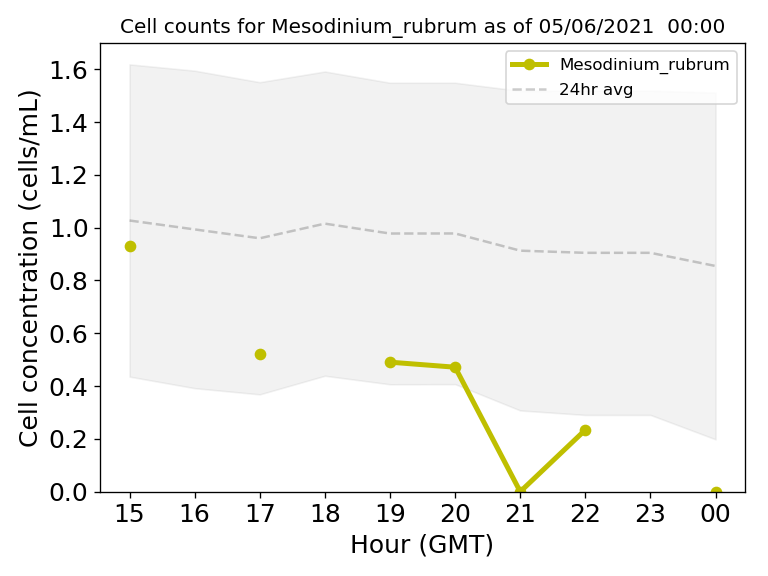
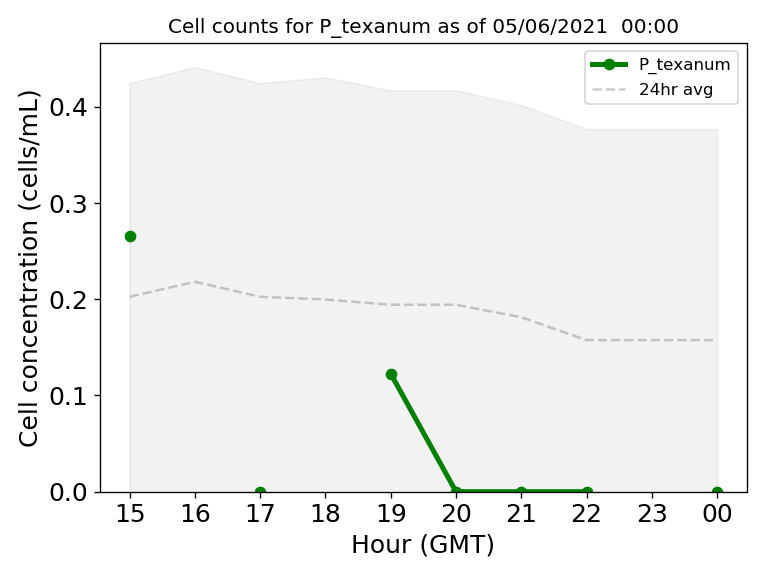
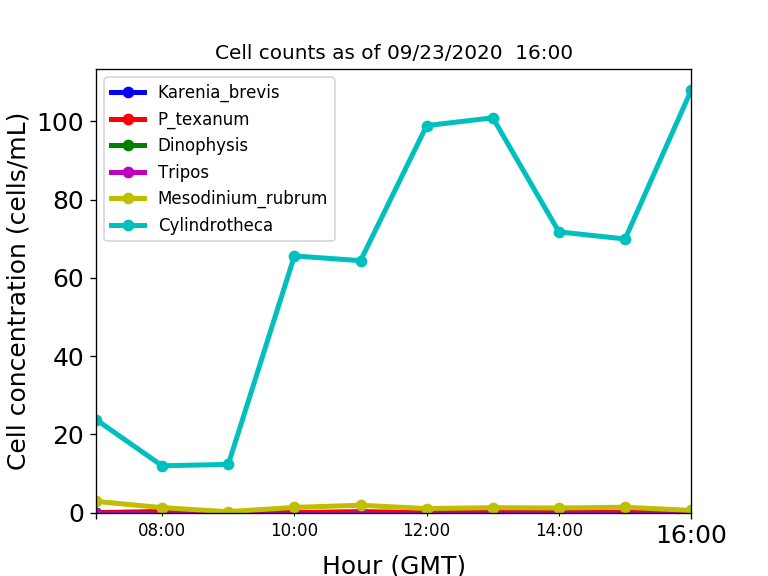
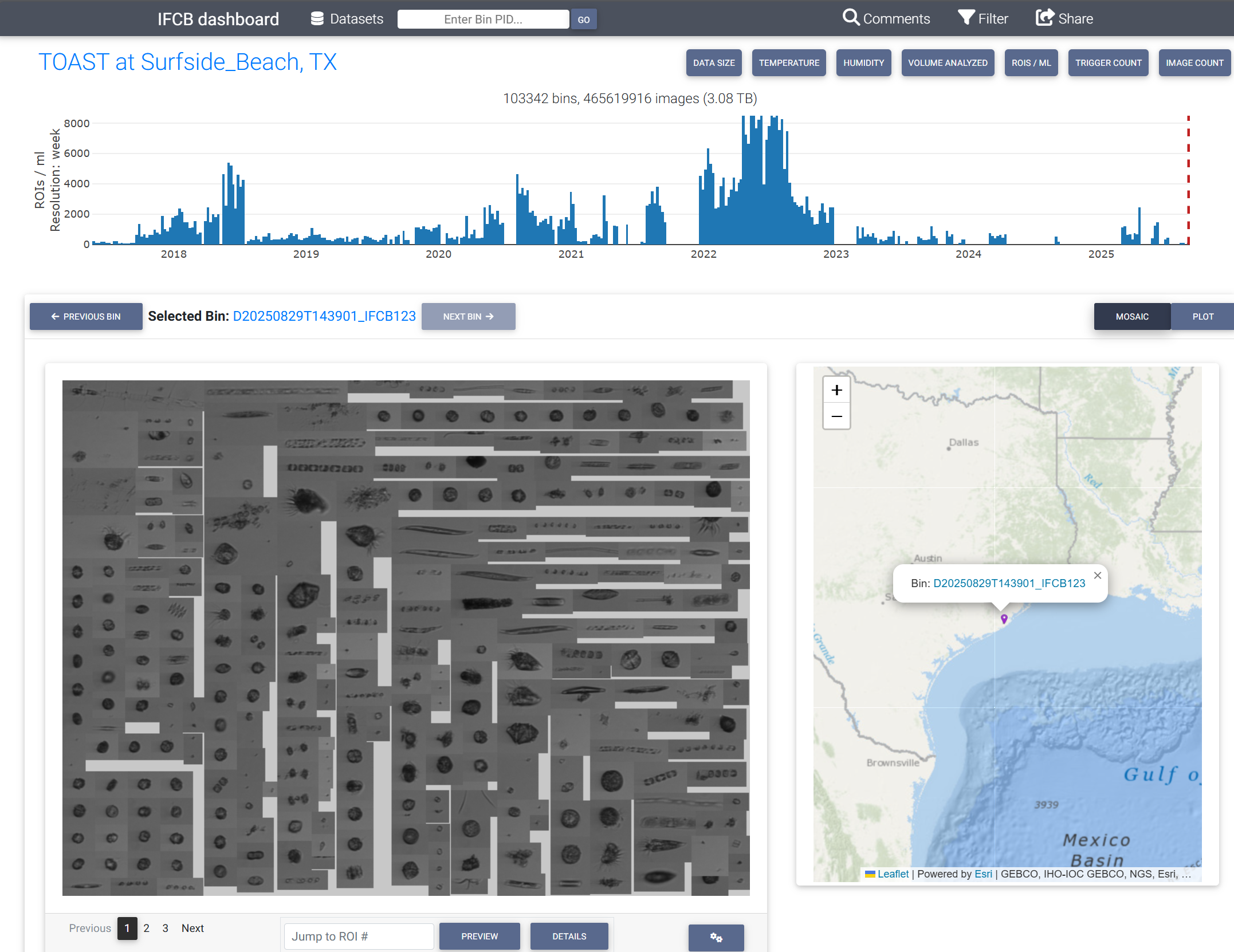 Daily Image Viewer
Daily Image Viewer


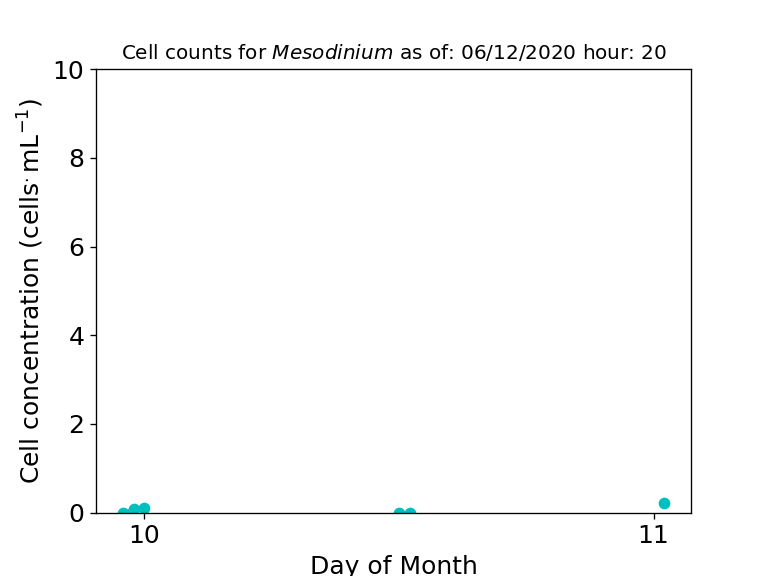

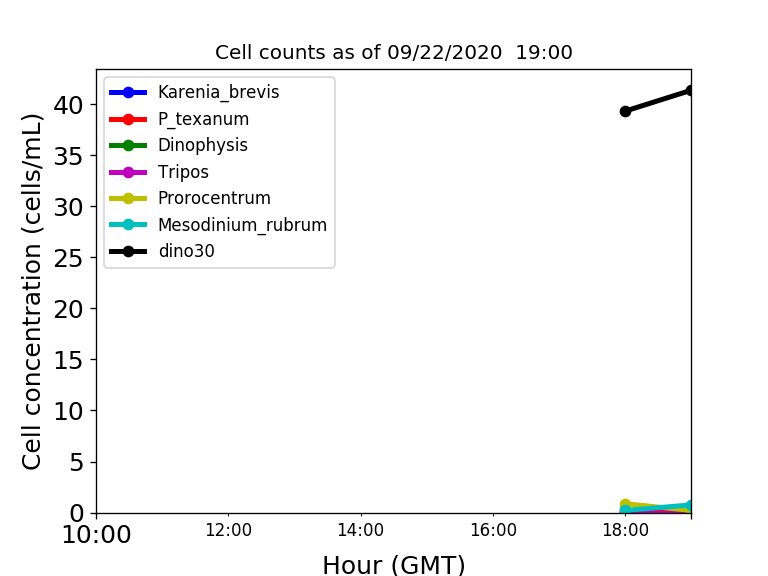
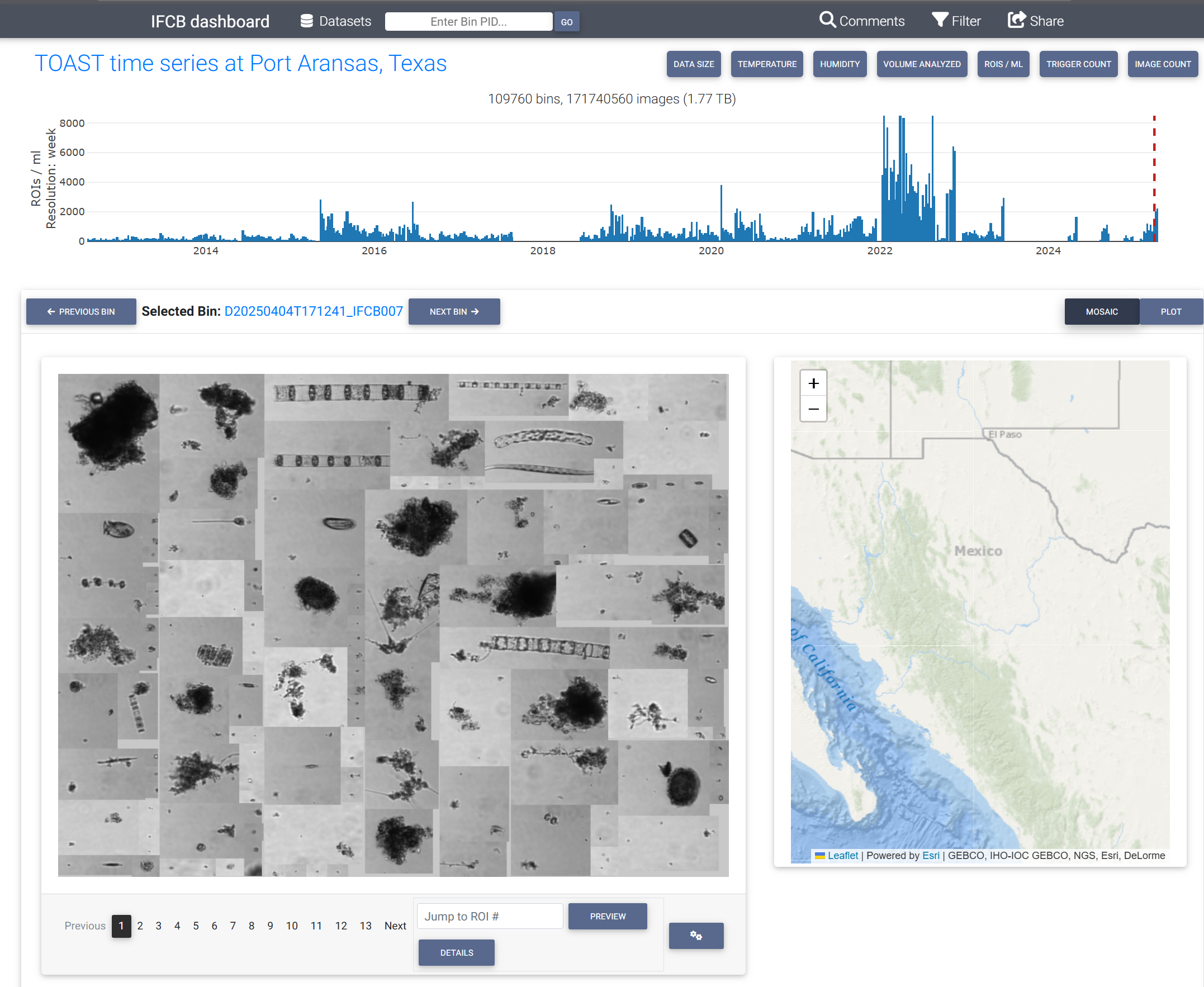 Daily Image Viewer
Daily Image Viewer






